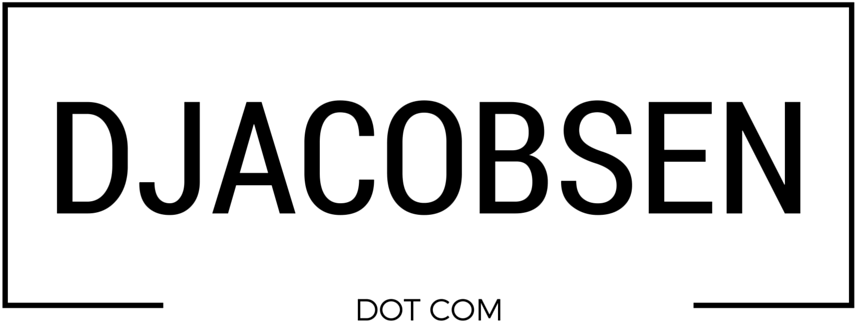The Sin of Subversion
We all hit our heads against a glass ceiling at some point. You came up with the perfect strategy, a more efficient means of doing something, or a more profitable venture. And in your enthusiasm for what could be, you’ve brought it to your boss only to have them poke holes in it and say “No, it’ll never work.” Worse, they might simply say, “I’ll think about it.” Read: “I hate it, but don’t want to tell you no, so…”
This happens to me consistently. And even more so, I’ve been the leader who has done this to other people on my team. Roadblocks and ceilings might be the biggest source of frustration in any organization. I would hazard a guess that this juncture has more power to solidify or destroy a non-profit team. Whatever you decide to do at this important juncture will reveal your heart.
There are three options that people take when they think they’ve hit the ceiling: quit, sour, or subvert. Quitting might be a valid option, while souring is surefire way to becoming a deadly toxin in your organization. And even worse is to commit the sin of subversion.
The Sin of Subversion
“I know I’m right, I just need to prove it to them. They’ll see its worth once I prove it to them.” The Sin of Subversion is the Millennial’s calling card. It’s a subtle way of flipping the win-lose situation where you turn the tables to win at the expense of the team. The Sin of Subversion is being told plainly, “No, that’s not how we want to move forward,” and yet pressing on quietly, behind the scenes, often justifying it by saying something like, “I’ll ask for forgiveness later.”
Nothing good comes from operating this way. If your team is struggling, chances are someone is acting with this mindset.
Subversion is the first step in hijacking vision.
Vision doesn’t have to be top-down, but it has to be agreed upon. If you launch the team into a new priority without the team’s buy-in, you’ve just hijacked the vision. You’ve jumped into a moving organization, thrown out the person in the drivers seat, and raced off with their car, taking it where you want it to go. But if you’re the only one to cross the finish line of your vision, you still lose.
Subversion is a surefire way to more policies and procedures, not less.
You were trying to avoid this in the first place, weren’t you? But rest assured, at the end of the road there will be a company-wide policy instated that reads something like, “Executive approval is required for any x …” Instead of creating a pathway for freedom, you’re walking into chains.
Subversion undermines your standing with your coworkers and your bosses.
You may feel like you’re getting things done, but really your co-workers are seeing you make autonomous decisions that go against the expressed desires of your leader. And they see you for what you are… a renegade. They may admire your drive, but they detest the way you’re willing to make your boss look like a fool at your own gain. Surely you’ll do this to them at some point. And while you’re demonstrating how foolish your leader is, you’re actually damaging your own reputation.
Subversion destroys trust.
Every organization’s main goal ought to be the development and protection of trust. Trust enables you to apologize for messing up. Trust allows you to take big risks together when the future isn’t clear. Trust allows the team to communicate without having to decipher any code in your words. Trust helps you make decisions faster, recruit better talent, and in for-profit businesses, it increases your profit margin exponentially. Subversion is a shotgun to the soul of trust.
There is a better option for what to do when you hit a ceiling, one which I hope all next generation leaders who are sitting in the second or third chairs in their organizations would learn to do well. It’s to simply recognize that your great idea is worth executing, but only if it doesn’t make your leader look like a fool, and you look like a renegade, and make your fellow team members pay with added policies once its all done. And when you come to these simple convictions, it allows you to take a step back, get creative, and lead your leader.
I’ve always found the ceiling to get a few feet taller, too.
